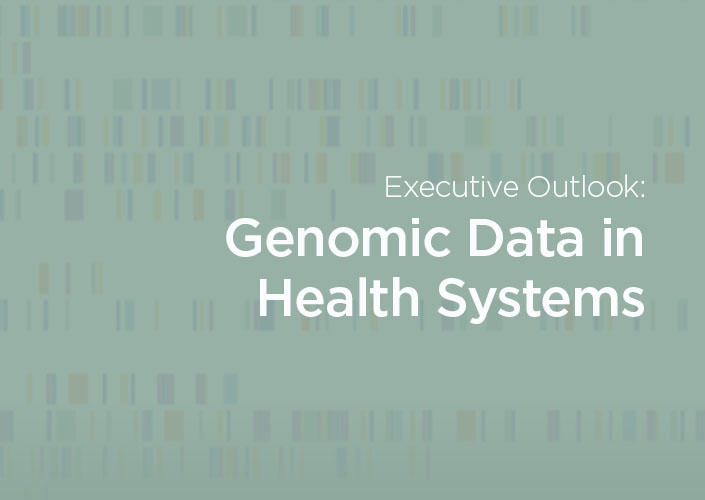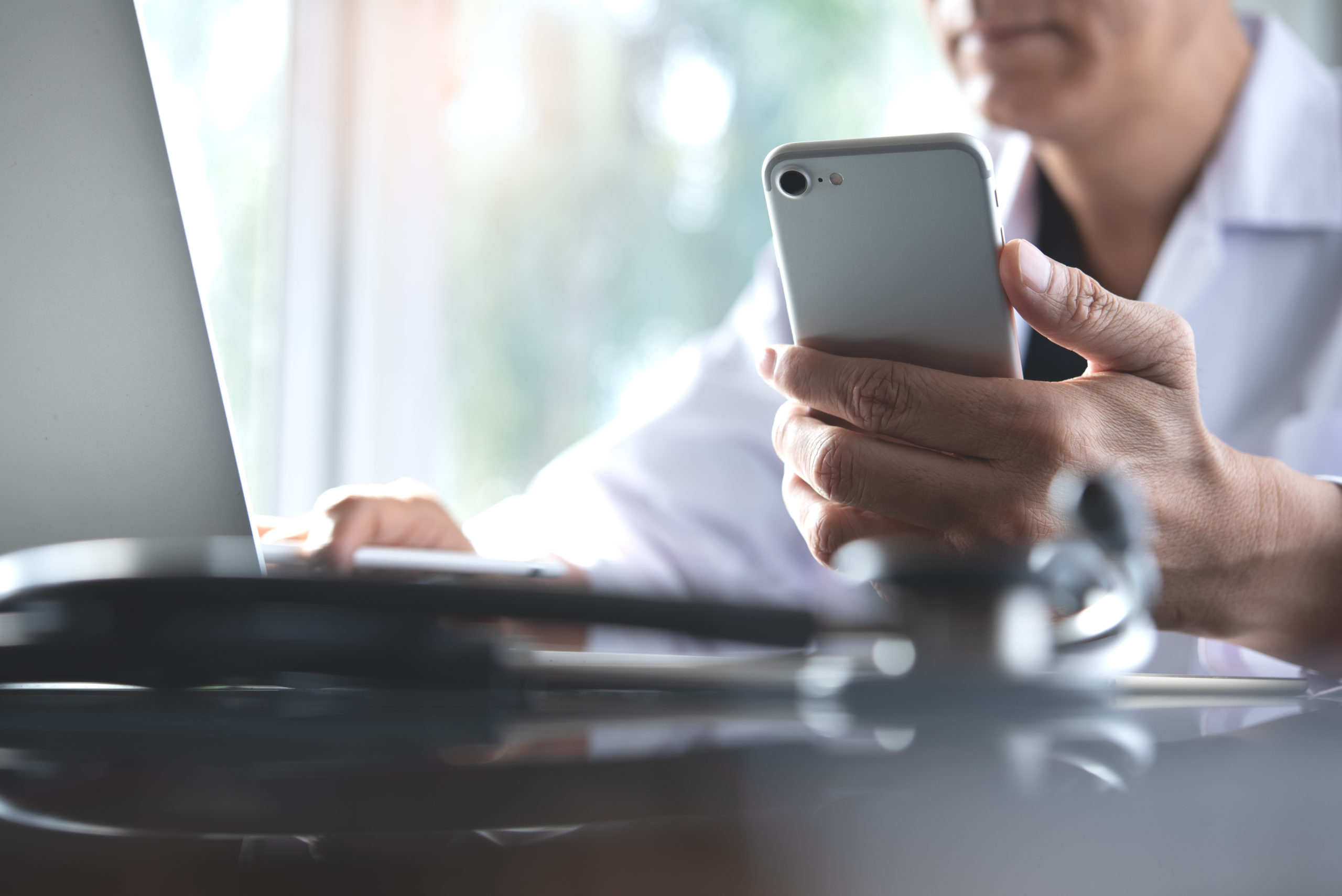The medical industry is facing pressure from increasingly empowered consumers. They are demanding more information, greater choice, better value and enhanced technology that will make their experience in health care more efficient, enjoyable and less costly.
In the shift toward consumerism in health care, organizations must make an effort to provide exceptional customer service. Consumers seek demonstrable value from services and products, which must fit their lifestyles and beliefs.
Health systems, technology providers and others are responding with a host of solutions aimed at attracting, engaging and retaining patients as customers. These include mobile apps, telemedicine options, online portals for communicating with providers, and other technologies.
mHealth
Mobile health applications, or apps, piggyback on the ubiquity of smartphones to provide consumers with a range of health-related resources at their fingertips. Apps are being used to track health and activity levels, deliver educational resources, and communicate with providers via email, text and video. Providers are also exploring the role of mHealth apps for research purposes.
Telemedicine
Telemedicine includes video, telephone, email and text message communication between a physician and a patient. Rock Health research finds the top three most popular telemedicine platforms are telephone (59%), email (41%), and text message (29%). However, video-based telemedicine is experiencing rapid adoption — it is also the platform with the highest satisfaction rate (83%).
Patient Portals
Patient portals are secure websites that allow patients to interact with providers, pay medical bills and view medical information. The use of patient portals is on the rise: in 2017, a survey found 74 percent of respondents joined a patient portal in the past year. This trend is in step with consumerism in health care and consumer demands for transparency and service.
BYOD
Bring Your Own Device in health care refers to a platform that allows patients to use their personal devices, such as tablets and smartphones, for telehealth and remote patient monitoring services, rather than a device provided by a doctor or hospital. BYOD grants greater consumer choice in devices, improved compliance when patients are familiar with devices and lower cost to health system from reduced hardware spending.
Insurance exchanges
Set up by the government and private companies, insurance exchanges are websites that allow consumers to shop for and enroll in health plans. As more costs of health coverage are passed onto consumer, via copays and deductibles, patients are increasingly interested in comparing a range of plans to find the choice that’s right for them.



